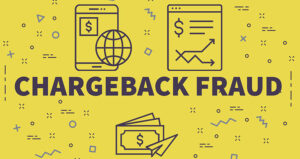
A Threat Called Malice: Cybercriminals Walk a Dark Gray Line
The latest devious network exploit is called “Malice.” It has emerged as a major threat, providing not only fraudsters but also everyday people with the tools and resources needed to commit witting and unwitting cybercrimes. You need to be aware of the threat in order to take proactive steps to safeguard your businesses and customers.








